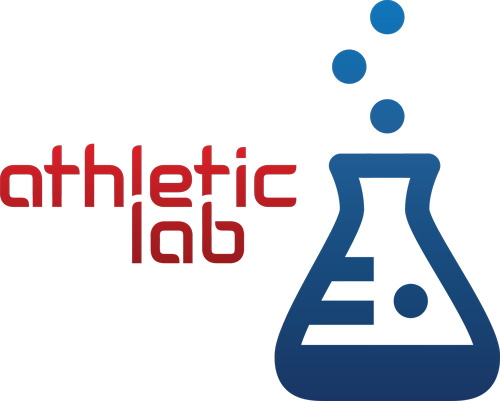With fitness facilities closed due to the pandemic athletes have been forced to figure out how they can continue to stay fit and healthy. Many that don’t have what they would consider the right or enough equipment to simulate their typical workouts have ramped up mileage or frequency of running. A lot of athletes are running long distances for the first time in a long time. Many people are used to pushing through the high intensity interval training programs that are so popular now. In order to feel like they are getting similar effects they may have to push their running intensity harder and/or longer than they are used to. As a physical therapist I am worried about the potential increased incidence of injury or overuse pain this may cause.
The switch to more running as your exercise of choice doesn’t have to lead to issues if you follow some simple guidelines, watch out for signs of trouble and do appropriate supportive exercises. Like any exercise program, don’t jump into it too aggressively or progress too fast. If it is has been a long time since you’ve run consistently maybe starting with a run/walk progression would be right. As for how fast to progress, there is no exact answer but many have used the 10% rule to help guide that decision. (Don’t progress total distance more than 10% per week). From my experience that rule can be manipulated based on things like previous running experience and the presence or absence of signs of trouble.
The “signs of trouble” that I tell me clients to watch out for include:
- Soreness in a joint ( especially if it lasts more than 24 hours)
- Swelling in a joint
- Pinpoint soreness in a bony area
- Localized pain in what you would consider muscular areas
- Pain that alters your mechanics
If you run into any of those signs it would be a good idea to consult your Physical Therapist.
As for the appropriate supportive exercises you want to consider, they can and should be heavily focused on body weight control on a single leg. Jogging is a single limb support activity so you want to train the muscles in that way. Many of the runners I have worked with don’t even do leg strength exercises because they consider the running to be the leg exercise. Running, especially higher mileage, breaks down muscles and by its repetitive nature can lead to overuse of the musculature that drives the running stride. There should be strength exercises to promote blood flow and rebuilding of muscle tissue that gets broken down by all that mileage. Also, we need to build up the muscles that work as stabilizes in order to help maintain control in all planes of available movement that get stressed through the foot, ankle and hip by the impact of striking the ground and the stance/propulsive phase of the running stride. These should include things like, but the list is certainly not limited to:
- Single leg body weight squats
- Step-ups
- Lateral step-downs
- Bridges
- Straight leg bridges
- Single leg RDLs
- Single leg balance drills
Remember, when things get back to normal you should still incorporate these types of exercises into your weekly routine for running certainly, but really for any type of exercises you do. The need for them varies based on what type of goals you have for your exercise plan but the strength exercises are a good way to keep your legs and core prepared for the stresses of exercises and daily life.
One last thought: Don’t forget about those aches and pains that may have disappeared because you haven’t been doing some things that lead to pain prior to this life altering pandemic. Now would be a good time to get to the bottom of them and take care of whatever issues lead to them. The last thing you want when things start getting back to normal is the return of some annoying pain you thought was gone.
About the Author: Dennis Meszler, MPT, SCS
Dennis has 19 years of Physical Therapy experience in orthopedic settings. The last 6 years have been in a Sports Performance setting aimed at returning and maximizing athletic potential.
Education
- Bachelors Degree in Biology from University of Rochester in 1994
- Masters Degree in PT from University of Delaware 1997
- Sports Residency Program at University of Delaware 1997-1998
Sports Certified Specialist through the American Physical Therapy
Association in 2005 and recertified in 2015.










